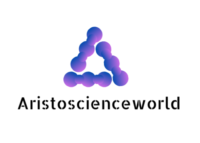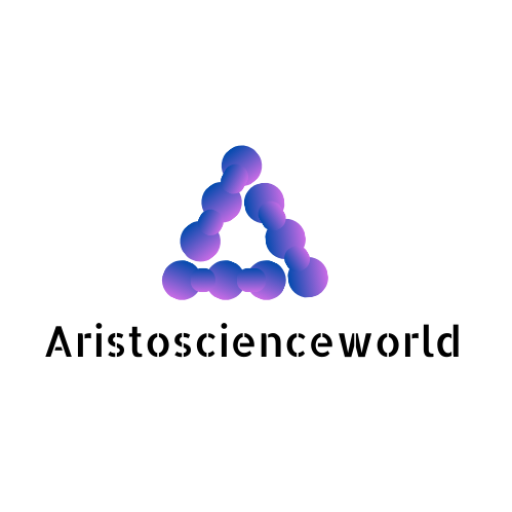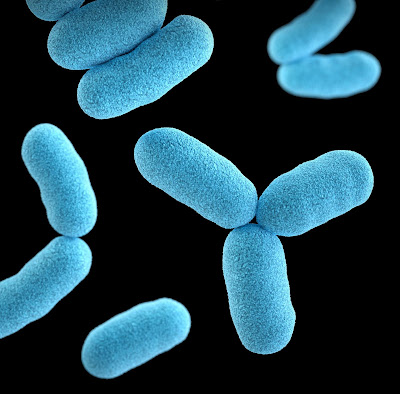Our immune system is highly complex. To cause infections, many modes of entry and mechanisms are carried out by various pathogens. Types of microorganisms are viruses, bacteria, protozoans, archaea, protozoa, algae, and fungi.
First of all, what is a microorganism?- It is a micro-scaled organism that is in the form of unicellular and multicellular. Most microorganisms are beneficial to humans and nature. However, some of them are menacing to humans and nature. Here, we’ll look at each microorganism mode of infection.
Virus:
It is not either a cell or a non-living thing. It is a kind of living cell in the host cells. A host cell is a cell body that provides a living environment for the other cells/microorganisms/vectors. The virus is a tiny thing even though it has a smaller size than bacteria, about 250 to 400 nm. Vary in shape. The exciting fact is that a virus cannot reproduce in the environment unless it is in the living host cells, even if it cannot live in the nonliving things called Obligate parasites. It has two types of genetic materials; we can also classify the virus according to its genetic material. E.g., Retrovirus consists of RNA strands as genetic material.
Pathogenesis/ mode of infection:
Viruses can spread through saliva, air, touch, and other unclean activity.
There are four significant steps for viral pathogenesis.
Adhesion: virus attached to the cell surface receptor, which is specific to that viral surface protein
Internalization: This via either receptor-mediated endocytosis or membrane fusion is responsible for entering viruses into the host cell. This process uses two ways. One is receptor-mediated endocytosis, which means the attached virus enters the cell by the formation of vesicles. And another one is that membrane fusion is only responsible for the enveloped virus that envelope fuses to the host cell membrane and lends a viral cell into the host cell body.
Uncoating of a virus: This process employs the unpacking of viral cells. Viruses consist of genetic materials(DNA or RNA) and protein envelopes(capsid). In this stage, the viral cell is unpacked, the proteins and genetic materials are released into the host cell’s cytoplasm.
Cellular response: In this stage, host cells produce the proteins, i.e.enzymes, responsible for using DNA or present in the virus cells.
Rabies:
Rabies is caused by rabies lyssavirus, and it contains negatively stranded single-stranded RNA. It is a Neurotropic virus that affects nerve cells explicitly. For instance, A rabid dog bites a healthy person, immediately affects the muscle cells and is transported to the neuronal pathway through axoplasmic transport. Then following the above 2, 3, and 4th process in the nerve cells causes rabies.
Bacteria:
Bacteria is a single-celled organism sized 400 nm to 3000 nm. It is a microscaled organism not visible to the naked eye. Unlike the virus, bacteria can survive in non-living things. It is presented in the soil to the ocean almost everywhere. Bacteria have a rod to sphere shapes. The significant parts of the bacteria are nucleoid cytoplasm and ribosomes, and the notable point about bacteria is, all the bacteria can’t harm the host cells. Some of them are good for humans (“probiotics” or good bacteria). Bacteria ultimately do the colony formation in the host cell after entering into the host body. Let us see the pathogenicity of bacteria.
Bacteria can spread through living cells, water, air, or foods.
There are five stages,
1. Bacteria Entry into the host body via wound trauma or any other exposed host body routes against primary host defence.
2. Adhesion to the specific receptor to the bacteria.
3. Engulfment to the host cell and Propagation to the host cell as the bacteria has flagella or pili.
4. They were damaging the host cell by releasing toxins. These toxins existed in two forms: endotoxins and exotoxins.
5. Fight against the immune system through antigenic drift or antigenic shift.
Cholera :
Vibrio cholera-filled food and water cause cholera in the small intestine. Cholera leads humans to diarrhoea and dehydration by the faecal-oral transmission route. Once entered in the mouth, it travels towards the stomach by flagellum and pili(motility) and reaches the small intestine. Then, it is attached to the intestinal epithelial cells and releases exotoxins called cholera toxins. After that, toxins enter the intestinal cells, activate secondary signalling, and cause severe dehydration and diarrhoea.
Protozoa:
Protozoa is a single-celled eukaryotic cell that is primitive to animals. “Proto” means primitive, and “zoa” means animal. It has a eukaryotic cell structure and is sized from 1 to 50 microns. It is present in moist habitats and soil. Protozoa exist in the form of oval or spherical, and it does not have a cell wall. Major organelles of the protozoa are the nucleus, food vacuoles, and membrane-bounded organelles. Most of them are parasites. The protozoan is well known for the malarial disease(plasmodium). It also causes African sleeping sickness and intestinal amoebiasis.
Pathogenesis/ mode of infection:
Protozoa spread through contaminated foods and water. Let us take the example of protozoan disease.
Amoebiasis:
If one person ingests contaminated foods or drinks, he will suffer from diarrhoea or amoebic dysentery. An Entamoeba histolytica protozoan causes it. The first stage is entering the cyst in the contaminated food or water. In the mouth, it is a cyst that is non-mobile; after the crossing of the stomach, one cyst raises eight trophozoites. After that, trophozoites undergo binary fission and multiply in the colon. Then, it forms trophozoites as well as a cyst. Finally, a cyst is excreted and again enters into the cycle.
Fungi:
When a portion of food is exposed to an open surface, it’ll form cottony growth by moisture content in the air. This cotton-like structure is called fungi. It is a single-celled or multi-celled eukaryotic organism. Fungi can be microscopic – cottony growth on bread or macroscopic – mushrooms. It is sized about 20 to 300 nm for microscopic organisms. It has a cylindrical or thread-like structure and grows as hyphae – branching filamentous structure. Not all fungi affect the host cells; only virulent fungi affect the host cells.
Pathogenesis/ mode of infection:
Fungal infections are spreading through spores produced by fungi, and these spores are present in the soil and air—disease primarily caused on skin further in the internal body. The mode of infection of fungi is similar to bacteria and viruses. It consists of entry of the fungal strain and colonization of the fungus on human organs, And damage to the organs causes disease.
Tinea versicolor/ pityriasis Versicolor:
It causes skin infection, and it looks like discolouration patches on the skin. Overgrowth of yeast on the skin leads to this condition. Yeast belongs to the Species of Malassezia furfur. Once the yeast cells transform to pathogenic mycelial form, it’ll produce azelaic acid, which causes the skin’s inflammatory reaction (dysregulated melanin production). This melanin production leads to hyperpigmentation on the skin.
Algae:
It is a single-celled eukaryotic photosynthetic organism and has a large, diverse group of aquatic species. It is visible to the naked eye. Not all algae are dangerous to humans. However, some of them cause disease to host cells indirectly by exerts some toxins. 0.5 microns to 300 long. Algae consist of a nucleus, membrane-bound organelles, and mitochondria and chloroplast (for photosynthesis).
Archaea:
These are unicellular prokaryotes, neither bacteria nor eukaryotes. These live in extreme conditions like high salt, high temperature (e.g., extreme halophiles, acidophiles, thermophiles) other organisms can’t do. But archaebacteria can do it. It is replicated through binary fission. The difference between bacteria and archaea is that bacteria have ester linkages while archaea have ether linkages and a lipid monolayer. Also, archaea do not have peptidoglycan. But archaea have more similarities to the eukaryotes.
General concepts in pathogenicity:
1. Any microorganism that causes infection to host cells refers to pathogenicity.
2. Not all microbes cause disease; only the virulent strain of the microbes causes diseases.
3. Virulent microbes are attached explicitly to the external surface – skin, internal surface- mucus membrane of GI tracts, respiratory or urogenital tracts.
4. Virulent microorganisms lead to generalized infection, which is the distribution of disease on different tissues or organs.
5. Some microbes grow near the point of entry or near the tissues and cause damage through toxins excretion.
6. Some of the virulent strain grows in a host cell and causes disturbance in normal physiological functions.
Apart from its frightening effects on humans, many of them have industrial applications, and their products are served as antibiotics. We all know the food chain system (Eukaryotes), but forming colonies and releasing toxins and other products for survival is unbelievable for these microbes.
Discover more from Aristoscienceworld
Subscribe to get the latest posts sent to your email.





